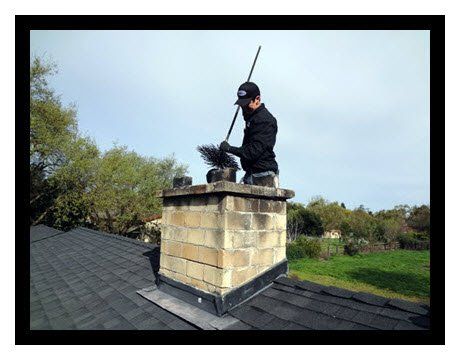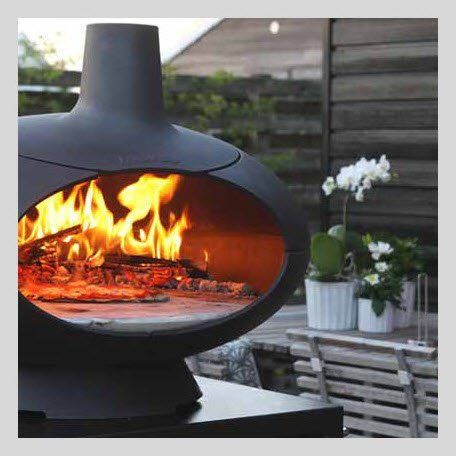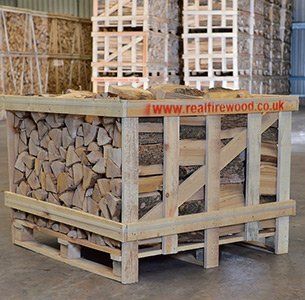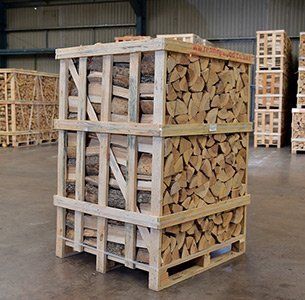COAL HEATING Vs WOOD HEATING
- By Michael Harrison
- •
- 25 Feb, 2016
- •
From time immemorial mankind has been burning wood as a source of heat. We also found coal to be a good source long ago, especially in industrial settings. The two are often compared, and sometimes one is a clear winner over the other depending on the application. The question is, in this day and age, which one is right for you – and the world at large.
First off the benefits of coal are pretty clear. It is compact, burns well and steadily and is generally predictable from a single source. Different coal deposits do have different components, so there can be some variation if you get your coal from different providers. The downsides are pretty clear, too.
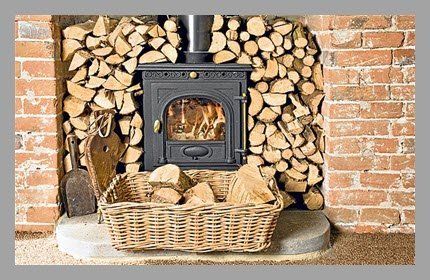
There are long-term environmental impacts from mining coal, such as polluted water tables and long-burning seam fires. Even when the mines do not catch fire, there is an often noticeable shift in the surface above the mine which can cause damage to buildings and ruin otherwise perfectly good farm and ranching land. Not-insignificantly, coal is also a finite resource. There is only so much of it and it will be ages before the planet has a chance to make more.
Wood can be a bit more variable in heat production. Different woods burn at different temperatures and the same type of tree will react differently as a heat source depending on how well it has been cured. It also creates some carbon dioxide emissions during combustion, but they are at lower levels with less additional pollutants than coal. While some would claim deforestation is a product of wood-burning, modern techniques of cultivating trees for harvest eliminate the clearcutting practices of the past.
This practice makes the provision of wood for burning environmentally neutral and creates a completely renewable source of heat.
While coal tends to burn hotter, we know enough about various kinds of wood and how to treat them to create hot-burning, consistent logs from the cultured forests grown. Once it is harvested, the wood is cured to remove excess moisture, which allows it to burn hotter and thereby cleaner. This process creates less emissions and requires less maintenance of chimneys, too.
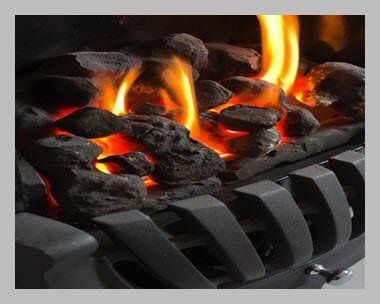
Different woods will burn at different temperatures, allowing specific applications of the heat to use the tree best suited to its needs. Rather than just cutting down trees and splitting the wood, there are multiple ways in which the renewable resource can be manipulated for our use. In addition to the previously mentioned drying method, the wood can be ground to sawdust and pressed together to create briquettes.
These have less moisture content and tend to be denser than a natural log, so they burn hotter and longer. Similarly processed smaller pellets can be used in automated machines, creating a long-lasting constant fire as they are released over time. These applications are particularly useful in commercial settings or for homeowners wishing to avoid the hassle of throwing another log on the fire. It also has the added benefit of using the whole tree, rather than just logs big or pretty enough to be burned in a home fireplace.
As you can see, while there once may have been clear advantages to coal, they pale in comparison to the flexibility and renew-ability of burning wood in modern times. Not only do you have these added effects, but the devastation caused by accidental fires in a forest is far less severe than a coal fire. While forests can burn for months at a time, there is a coal seam fire in German that has been burning since the 1600s. The devastation of such fires will be prevented if we no longer need to mine coal as a heat source, leaving cleaner air, less polluted ground water, and more stable ground.

